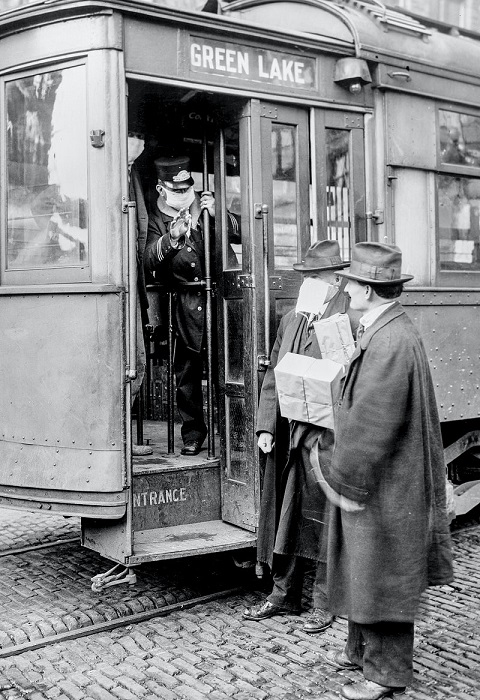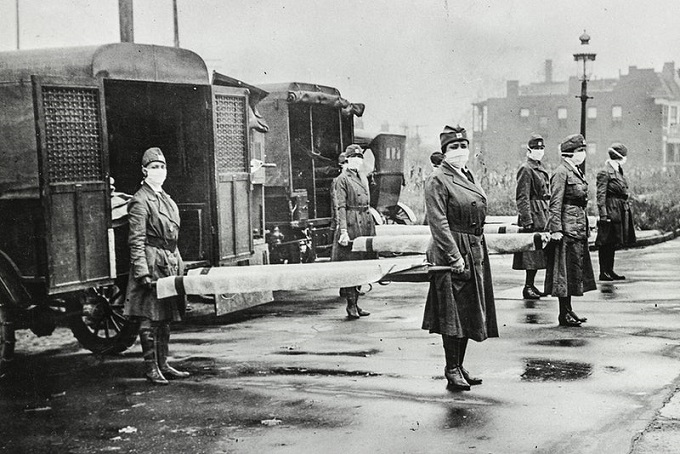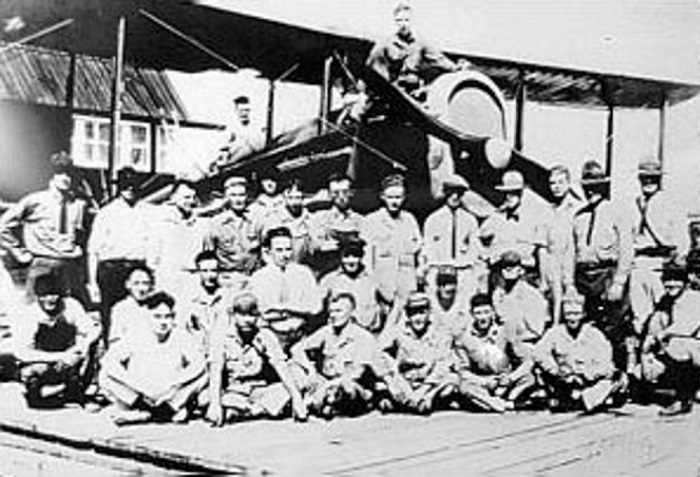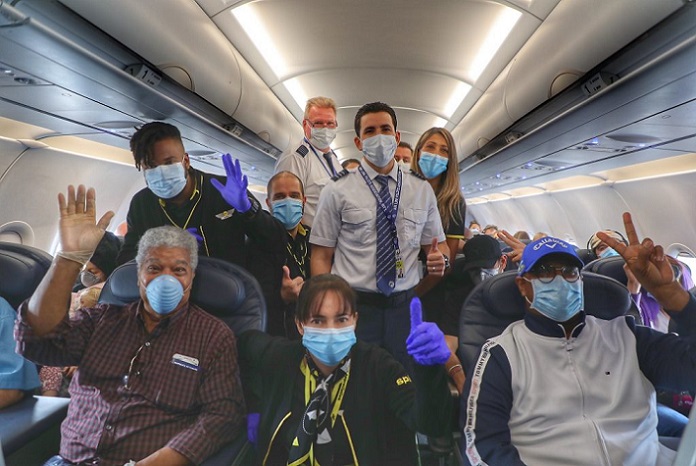The Covid-19 has changed the way world was before. Years of roaming and travelling anywhere on the planet suddenly stopped. This is a point of time, man needs to look back to the past – upto 1918, while the Spanish flu shook the planet in a way similar to what Covid-19 is doing today.
The Spanish Flu, also known as the 1918 Flu Pandemic, was an unusually deadly influenza pandemic caused by the H1N1 influenza A virus. Lasting February 1918 to April 1920, it infected 500 million people–about a third of the world’s population at the time–in four successive waves. More than 50 million people died.
How Spanish Flu affected travel

Because of its name, many assume this 20th-century pandemic began in Spain. However, although there are several theories pointing to various other parts of Europe, China or the US, its starting point remains unconfirmed. The name Spanish Flu came from the fact that Spanish press reported on the virus in a timely and thorough fashion, while there were still media blackouts in other European countries due to the First World War. One of the earliest reported cases was at a military camp in Fort Riley, Kansas in March 1918.
Travel was entirely different those days. Airway travels were rather rarer. The absence of jumbo jets whisking passengers to all corners of the globe meant that the disease spread slower than it would have today, not reaching countries including Canada until September 1918. Spanish Flu can be “described as the first ‘modern’ pandemic characterized by rapid movement via a global transport system”. But rather than by jumbo jets, the disease was carried across the world via ships and railways.
Travelling with caution

There wasn’t a cohesive global response to the pandemic and, even within nations, different cities took vastly different approaches to controlling the disease. But when the outbreak hit its peak, the general consensus was that the public should avoid crowds, limit contact with other people and, by extension, avoid non-essential travel. In New York, for example, business hours were altered in order to reduce congestion on public transport.
Cities in lock-down
Places that might usually attract tourists – including restaurants, theaters, cinemas and saloons – were closed in many places, including, eventually, in Philadelphia, where a large public parade had previously led to a shocking death toll. Some places closed their borders altogether, restricting access in and out of their community, and also shutting schools and places of worship.

Recession ensued
The Spanish Flu pandemic and, of course, the First World War led to a period of financial hardship for many. Post-war recessions caused high unemployment in the United States and, after a brief economic boom in 1919 to 1920, Britain had a similar fate. For many families, a vacation was the furthest thing from their mind. But with large crowds no longer an issue, some sun-seekers still found their way to local beaches.
Despite the economic circumstances of many in the UK and US, there was a shift in attitudes towards travel after the pandemic and the First World War. This tumultuous period, according took millions of people from their normal home environments, tossed them into a feverish activity and change, and moved them frequently in the UK and abroad. Traditional perceptions of home, village and town boundaries were broken. Only high-class people enjoyed travelling.
Commercial flights started after a decade past the Spanish Flu. The Transcontinental Airways were the first commercial flights to begin between New York and Los Angeles.




![The Top & Most Popular Seafood Bucket Restaurants in Dubai for you [Never Miss]](https://uae24x7.com/wp-content/uploads/2020/09/8-seafood-in-a-bucket-scaled-e1600739237403.jpg)
![Procedures for Renewing the Driving License in Abu Dhabi [3 Simple Steps]](https://uae24x7.com/wp-content/uploads/2020/07/Capture-9-e1595666454466.jpg)





